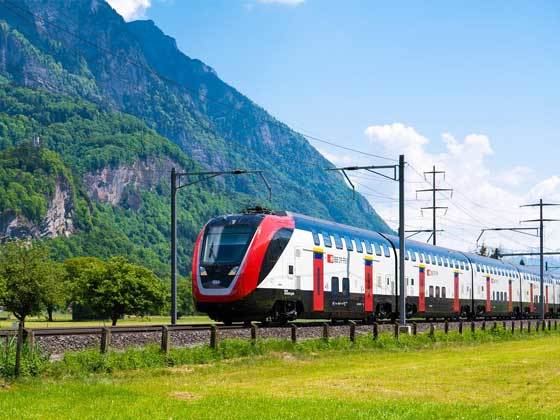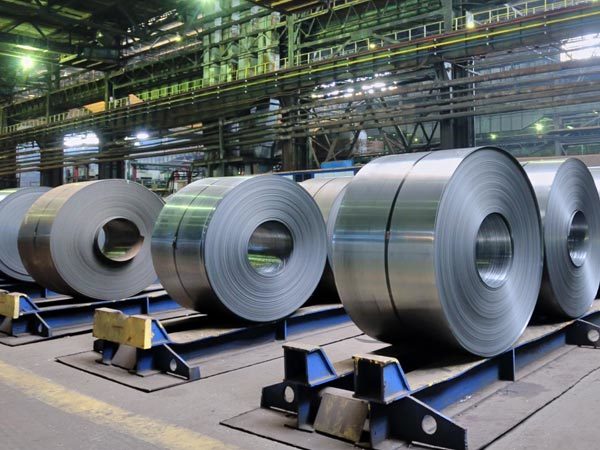The difference between I-beam and H-beam
Time:
Jan 17,2024
The main differences between I-beam and H-beam are their cross-sectional shape, load-bearing capacity, use, and manufacturing process.
Cross-sectional shape: The cross-sectional shape of I-beam is I-shaped, and the inner surface of the upper and lower flanges has an inclination, generally 1:6, which makes the flange thin outside and thick inside, so the cross-sectional characteristics of the two main planes are very different. The cross-sectional shape of H-shaped steel is the same as the English letter "H", the inner surface of the flange has no inclination, and the upper and lower surfaces are parallel. Its cross-sectional characteristics are significantly better than traditional I-beams, channels and angles.
Bearing capacity: I-beams are mainly suitable for members that are bent in the plane of their webs or for forming them into lattice-type load-bearing members, while H-shaped steel has been widely used because of its more optimized cross-sectional area distribution, more reasonable strength-to-weight ratio, strong bending resistance in all directions, simple construction, cost saving and light structural weight.
Uses: I-beams are usually used for steel bridges, rails, crane and elevator support frames, etc., while H-shaped steel is mainly used for sandwich bridges, platforms and other residential buildings. It can support greater weight. Due to the reasonable cross-sectional shape, the steel has better bearing capacity.
Manufacturing process: I-beams are generally made by rolling, while the flanges of H-beams are widened and usually parallel, which makes it easier to connect with bolts and other components. In addition, the inner sides of the two outer edges of H-beams have no slope and are straight, which makes the welding and splicing of H-beams simpler than I-beams, saving a lot of materials and construction time.
In summary, the choice of I-beams and H-beams should be determined according to specific engineering requirements to ensure the stability and safety of the structure.








